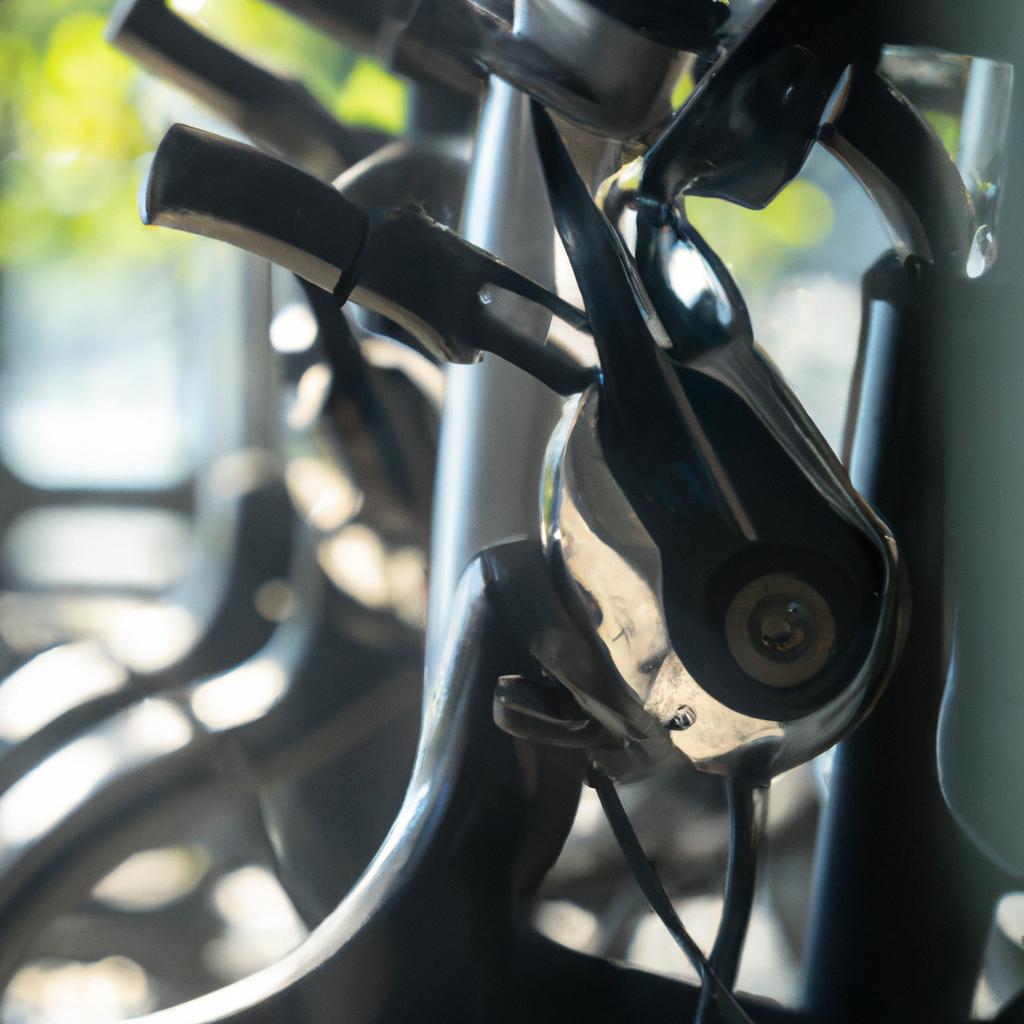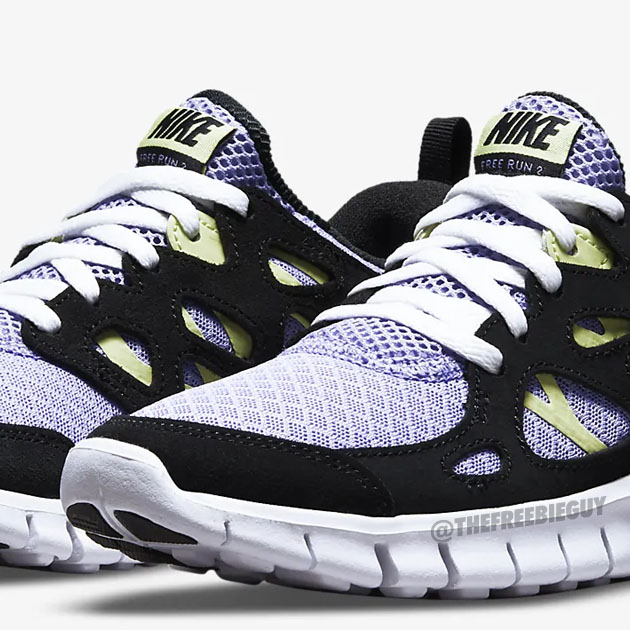In a world where the hum of engines and the rush of traffic dominate our daily commutes, an alternative rhythm is emerging—one that invites us to reconsider how we move through our urban landscapes. “Pedal Power or Public Transit: Rethinking Your Ride Beyond Cars and Taxis” delves into the vibrant tapestry of transportation options available beyond the traditional car-centric paradigm. As cities grapple with congestion, air pollution, and rising carbon footprints, a growing movement is advocating for greener, more sustainable ways to navigate our surroundings. From the exhilaration of cycling to the efficiency of public transit, this article explores the benefits and challenges of these alternatives, encouraging us to embrace a future where the journey is just as important as the destination. Join us as we pedal through the possibilities and uncover how reimagining our modes of travel could lead to healthier communities and a more sustainable planet.
Exploring the Benefits of Bicycles and Public Transit for Sustainable Urban Mobility
In the quest for greener cities, embracing bicycles and public transit can transform urban landscapes and improve our quality of life. Utilizing **bicycles** as a mode of transport not only reduces air pollution but also promotes physical health and mental well-being. With cycling, individuals can enjoy the freedom of movement while contributing to a quieter, more vibrant environment. Additionally, **public transit** systems offer a sustainable alternative by reducing traffic congestion and the carbon footprint associated with personal vehicles. The synergy between cycling and transit can lead to a more integrated transportation system, where commuters can easily shift from bike lanes to bus and train networks. Here are some key benefits:
- Environmental Impact: Reduced greenhouse gas emissions.
- Economic Savings: Lower transportation costs for individuals and municipalities.
- Health Benefits: Increased physical activity and improved public health outcomes.
- Community Connectivity: Enhanced accessibility to services and social interaction.
| Benefits | Bicycles | Public Transit |
|---|---|---|
| Carbon Footprint | Minimal | Moderate |
| Health | High | Low to Moderate |
| Cost | Low | Low |
| Convenience | High | Variable |

Transforming Commuting Habits: Practical Strategies for Embracing Alternative Transportation Options
As urban landscapes evolve, reimagining how we navigate them becomes essential for our health and the environment. **Biking**, **walking**, and **public transport** are not just alternatives but opportunities to redefine our daily experiences. To seamlessly integrate these options into your lifestyle, consider the following strategies:
- Start Small: Begin by incorporating short walks or bike rides into your routine, gradually extending your journeys as you gain confidence.
- Leverage Technology: Use apps to track routes, find bike-sharing stations, or get real-time updates on public transit schedules.
- Buddy System: Encourage friends or colleagues to join you on commutes. Carpooling or biking together can make the transition more enjoyable.
- Flexible Work Hours: If possible, discuss staggered hours with your employer to avoid peak travel times, making public transportation less stressful.
Additionally, to visualize the impact of adopting these alternatives, consider the following comparison table of average commute times and emissions:
| Transportation Mode | Average Commute Time (mins) | CO2 Emissions (g/km) |
|---|---|---|
| Car | 30 | 120 |
| Bicycle | 20 | 0 |
| Public Transit | 35 | 50 |
Adopting alternative commuting habits paves the way for a more sustainable world while also enriching personal well-being. Each small step can lead to a larger transformation in our daily lives and urban environments.
The Conclusion
As we forge ahead into a future increasingly defined by urban congestion and environmental challenges, the choices we make about how we navigate our cities carry profound implications. Pedal power and public transit stand as powerful alternatives to the age-old reliance on cars and taxis, offering not just pathways to our destinations but also opportunities to rethink our relationship with mobility.
In embracing bicycles and buses, we unlock the potential for healthier lifestyles, cleaner air, and more connected communities. Whether you choose to glide down cycling lanes or take a seat on the next bus, each ride becomes a small yet significant step towards sustainable living.
So as you consider your next journey, take a moment to envision the myriad of options that extend beyond the driver’s seat. After all, the way we choose to travel shapes not only our daily routines but also the fabric of our cities. Let’s reimagine our rides together—because the road to a better tomorrow starts with the choices we make today.










